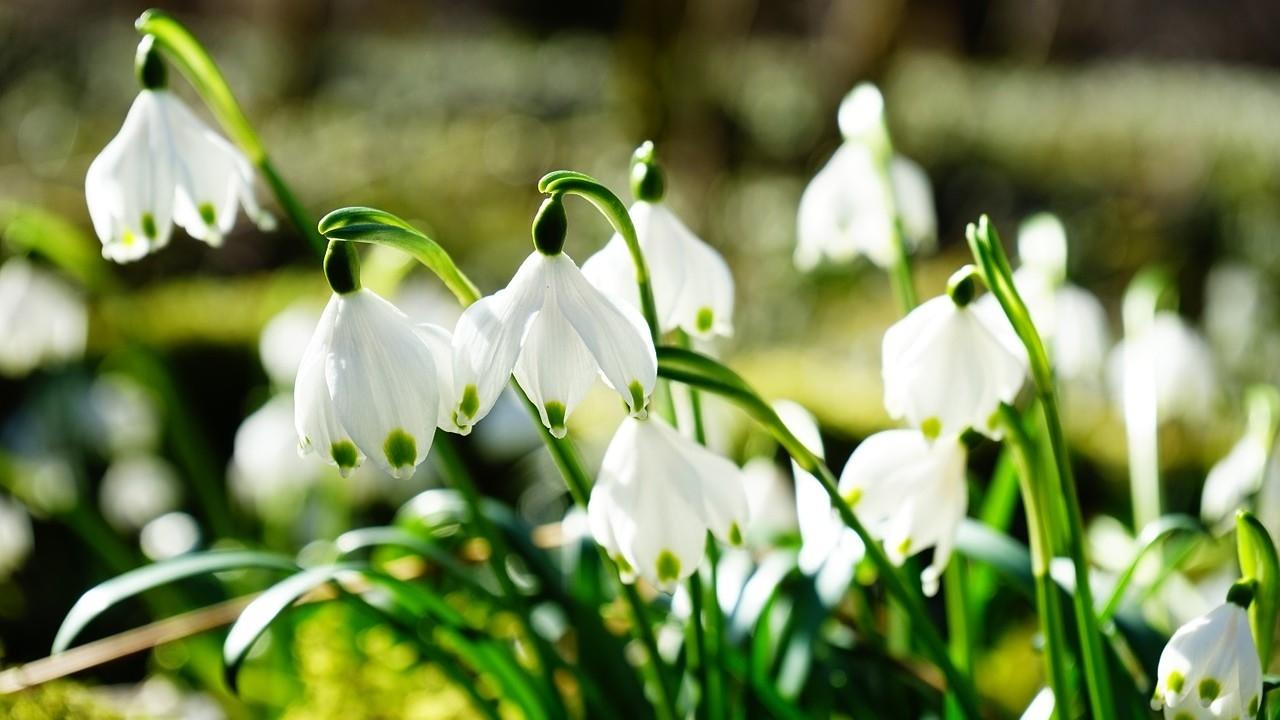Blog
Self-Care is not a reward (DW#662)

Firstly, we know that task lists and to do lists are never ending. Our inboxes never remain empty. And if we wait until we have accomplished everything to take care of ourselves, we will be waiting forever . . .
Secondly, it is actually counterproductive to keep pushing ourselves to do more before we take a break. Just like a weight lifter needs rest before doing a second round of repetitions at the gym, we work much more efficiently if we intersperse moments of rest and self care during our work day. Working without a break is counterproductive. Our abilities become worn. Our skills aren’t as sharp. We lose focus.
According to experts, the ideal amount of time before we need a short break is about 90 minutes. If we pause after 90 minutes, the second 90-minute block of work will be a lot more productive than if we ju...
You cannot pour water from an empty jug (DW#661)

And yet, how many of us do this on a continuous basis? Women in particular (but not exclusively) are notorious for caring for everyone around them except themselves. We seem to be hitting every ball that life throws our way, juggling all the various roles that we play and making sure that everything and everyone is okay. The constant pumping of adrenaline in response to stress and striving helps maintain the illusion that we are okay and are managing fine.
So let us wake up before we have to. Before self neglect initiates a crisis. Before the burnout or the breakdown.
As Audre Lorde says: self-care is not self-indulgence, it is self-preservation.
Mental subtraction of relationships (DW#660)

All of us have relationships in our lives that are a blessing and also perhaps a relationship or two that can feel like quite a challenge at times.
It is easy for the challenging relationship to take up more than its fair share of space in our mental and emotional bandwidth. Today’s practice can help redress this balance.
The next time you are with a group of friends and/or family, try this:
1. Pause for a moment and consider a single person.
2. Think back to where and how you met this person. If they are a family member, recall your first memories with them.
3. Think about all of the possible events and decisions—large and small—that could have prevented you from meeting this person, or kept him or her from your life.
4. Imagine what your life would be like now if events had unfolded differently and you had never met this person, or if they had left your life at some earlier point. Bring to mind some of the joys and benefits you have enjoyed as a result of this relationship—and con...
Mental subtraction (DW#659)

The practice of mental subtraction grew out of a series of experiments designed by UC Berkeley Professor Dr. Laura Kray and her colleagues. She asked people to imagine how their lives would look if a critical past turning point had never happened (e.g., meeting their spouse, getting accepted into college/university, getting a big promotion, meeting a dear friend or mentor). When the people in the experiment "mentally subtracted" this important event from their lives, it led to an increased sense of meaning and appreciation for what they had in their lives at the present time.
The practice of mental subtraction helps us pause for a moment, it bolsters feelings that life has been meaningful, and it creates a deep sense of appreciation. Rather than succumbing to the pitfall of comparing our blessings to someone who (seemingly) has more than us, the practice compares our current state with an imagined version of ourselves who has less.
So: Imagine what would your life be like without cer...
Using the gratitude jar for good causes (DW#658)

Yesterday we discussed the gratitude jar activity for families. Today let us explore another way to use a gratitude jar which involves sharing our blessings with others.
Here is the practice:
Next to the gratitude jar in which you are depositing your daily gratitudes, also place another jar to be used as a sort of a piggy bank.
Develop a habit of depositing small amounts of money in this jar whenever you are writing out your daily gratitudes and feel called to share your good fortune with others.
Once the jar is filled up you can decide as a family where to donate the contents.
Using our gratitude to show kindness to a charity we are passionate about encourages us to show gratitude in action. It can be a very important learning for children as they begin to recognize that the blessings and gifts that we have been given also create a responsibility to pay these blessings forward and to use them to promote good in the world.
The gratitude jar (DW#657)

Today’s practice can become a meaningful family ritual and has the potential of transforming the home environment from one of complaining to one of gratitude.
1. Find a glass jar or a box.
2. You can decorate it with your family as you wish.
3. Keep the jar in a prominent place in a busy zone of your house such as the kitchen or front hall way. Keep a stack of notes and pens next to the jar.
4. Make it a ritual for each family member to write three notes of gratitude a day and put it in the jar.
The notes can be about mundane things (a hot cup of coffee, spare toilet paper) or important things (doing well on a test, hearing from an old friend)
5. At the end of the week, you may take out the contents of the jar and have people read out the slips of paper and share what family members were grateful for during the past week.
Over time, you may find that the atmosphere of the family subtly shifts and that an attitude of gratitude becomes the norm, especially as family members are in...
A teacup full of gratitude (DW#656)

This week we are continuing exploring various gratitude practices.
Today, I am sharing one of my favourite and simplest practices.
For many of us, the morning cup of tea or coffee is quite precious. It is a ritual we engage in every single day, perhaps with not much thought to what is involved in getting that cup of caffeine to us.
Today’s practice involves becoming mindful of this blessing and feeling gratitude for it.
While you are having your first cup in the morning, pause for a moment and become mindful of cup you are holding:
Notice …
The comforting warmth that fills your hands
The aroma that gently drifts up towards your nose
The quiet time before the hustle of the day begins
How many people and resources it has taken to get this cup to you .
. . . people who planted the tea or coffee,
. . . those who harvested it, processed it and brought it to market
. . . those who took care of the cow that gave the mil
. . . those who worked in the factory that made the tea cup, those who pack...
Clear the backlog even if you cannot get in touch with the person (DW#655)

The practices that we have been discussing have two aspects:
1) the feeling of gratitude(which is an internal process for ourselves) and
2) the expressing of gratitudewhich is external and involves other people.
While it is extremely powerful to both feel and express gratitude, some of the people who show up in our list of people to thank may not be accessible to us at the present time. They may be out of touch, have passed on from this world or be entire groups of people such as teachers, speakers, coaches or volunteers at our places of worship.
In such situations, it is still worthwhile to engage in the first aspect of gratitude by recalling the kindnesses of such people, or groups of people, in detail. And then to write them out or to offer thanks to them in your imagination for the specific things that you are grateful for and appreciate about them.
One practice that I engage in regularly at the end of a busy season at our community centre is to recall the many many small thing...
Clear the backlog (DW#654)

Once you get going with writing the first gratitude letter, consider where you might have a backlog of thanks, for big things and little things. Kindnesses that you have received but which you never thanked the person properly.
"When we feel gratitude, we benefit from the pleasant memory of a positive event in our life," Martin Seligman writes in Flourish. "But," he continues, "sometimes our thank-you is said so casually or quickly that it is nearly meaningless."
A wonderful and powerful practice is to make a list of people you want to thank and then gradually move through the list. In his book 365 Thank Yous: The Year a Simple Act of Daily Gratitude Changed My Life, John Kralik explains how writing one Thank You note each day for 365 consecutive days instilled the attitude of gratitude in his life and helped him focus on little things he had been taking for granted. The process of doing this, he shares, transformed his life in so many ways that he did not expect.
If 365 days seems ...
The gratitude visit (DW#653)

Yesterday we talked writing a letter to thank someone personally for the difference they have made in your life. Today, let us consider taking this practice one step further:
Instead of mailing or e-mailing the letter, consider visiting the recipient of your gratitude letter and reading the letter to them yourself.
Here is how to schedule a gratitude visit:
• Let the person know that you would like to meet with them to share something without being too specific about what it is.
• When you meet this person, let them know that you are grateful to them and that you would like to read them a letter you wrote expressing your gratitude. Ask that they not interrupt you until you are done reading the letter.
• Take your time reading the letter. While you read, pay attention to your reactions and the reactions of the recipient.
• After you have read the letter, listen to his or her reaction to the letter and be ready to discuss your feelings together.
• Remember to leave the let...
